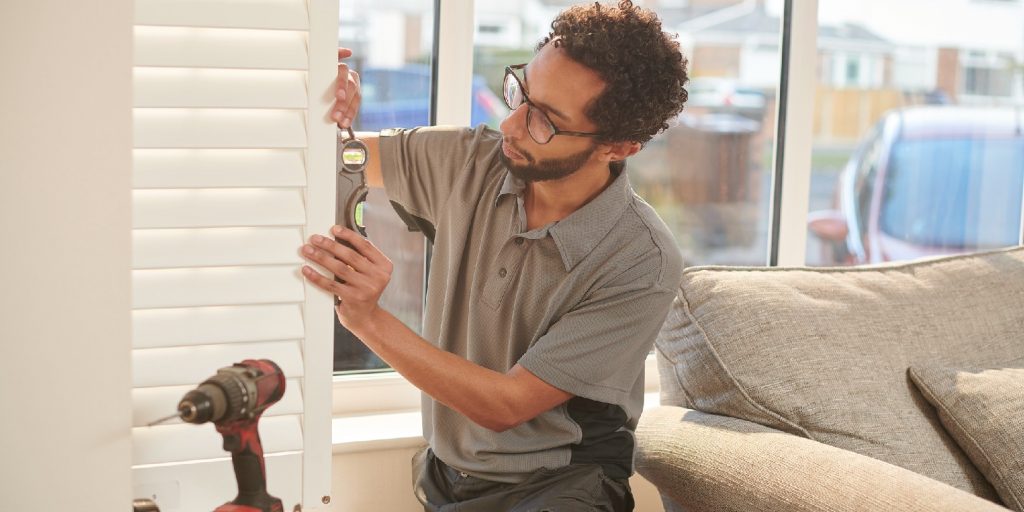The Essential Parts of a Door Knob and How To Replace or Repair Them

Door knobs are a fundamental part of our everyday lives, providing security, convenience, and aesthetics to our doors. However, like any mechanical device, door knobs can experience wear and tear over time. In this blog, we will explore the essential parts of a doorknob and guide you through the process of replacing or repairing them. Whether you’re dealing with a loose knob, a faulty latch, or a broken mechanism, understanding the components of a door knob will empower you to tackle common issues and restore the functionality of your doors.
Anatomy of a Door Knob
To effectively repair or replace a door knob, it’s important to familiarize yourself with its essential components. The main parts of a door knob include the knob or lever handle, the latch or bolt mechanism, the strike plate, and the screws or fasteners. The knob or lever handle is the visible part that you turn or press to open or close the door. The latch or bolt mechanism is responsible for keeping the door securely closed and often includes a spring-loaded mechanism for smooth operation. The strike plate is the metal plate on the door frame where the latch engages, ensuring a secure fit when the door is closed.
Replacing a Door Knob
If you need to replace a door knob, the first step is to select a suitable replacement and get a door lock installation kit that matches the style and function of the existing knob. Start by removing the screws or fasteners that hold the old knob in place, typically located on the interior side of the door. Once the old knob is removed, insert the spindle of the new knob into the latch mechanism and secure it with the provided screws. Ensure the new strike plate aligns properly with the latch and adjust if necessary. Finally, test the new knob to ensure it operates smoothly and the door latches securely.
Repairing Common Door Knob Issues
For minor issues with a door knob, such as a loose handle or a squeaky mechanism, repairs can often be done without replacing the entire knob. If the handle feels loose, you may need to tighten the screws or fasteners holding it to the door. Lubricating the internal mechanism with a silicone-based lubricant can help eliminate squeaks and ensure smooth operation. If the latch doesn’t retract properly or sticks, cleaning and lubricating it may resolve the issue. In more severe cases, such as a broken latch or damaged internal components, replacing the entire door knob may be necessary.
Professional Help and Safety Precautions
While many door knob repairs and replacements can be done by homeowners, certain situations may require professional assistance. If you’re unsure about the complexity of the repair or lack the necessary tools, it’s best to consult a qualified locksmith or handyman. Additionally, it’s important to prioritize safety during any door knob repair or replacement. Ensure the door is fully closed and secure before working on it, and use caution when handling tools or removing components to prevent injury.
Conclusion
Understanding the essential parts of a door knob empowers homeowners to tackle common issues and perform necessary repairs or replacements. By familiarizing yourself with the anatomy of a door knob and following proper procedures, you can restore the functionality and security of your doors. Remember to exercise caution and seek professional help when needed, ensuring a successful and safe door knob repair or replacement.
